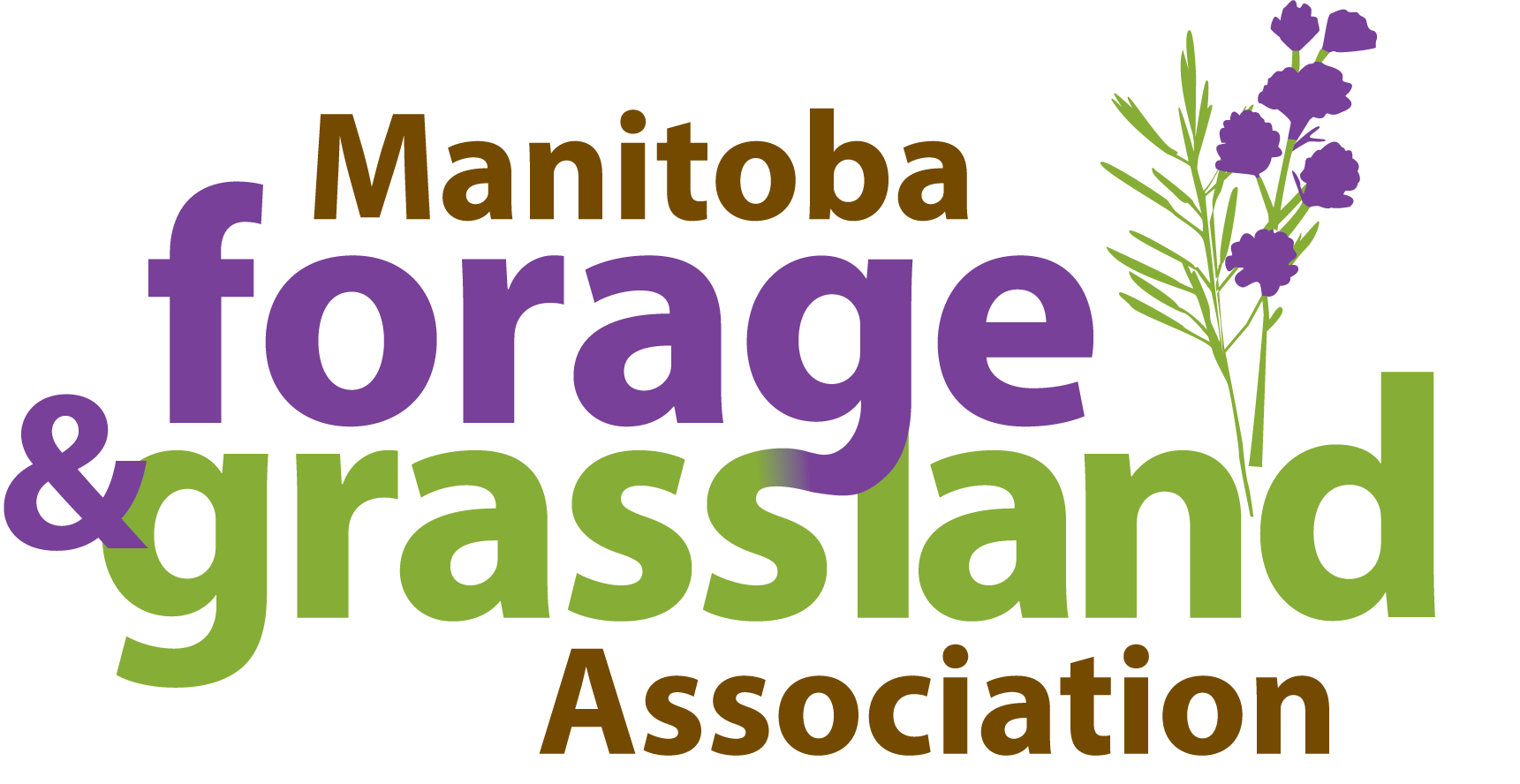Rangeland & Pasture Health Initiative
Resource Summary
Commonly asked questions related to Manitoba pastures and rangelands are “How many cows can I put on this land?”; “Are current land management practices sustaining wildlife habitat, productivity, and other ecological services on this land?”; “How do we acquire evidence to support our land management decisions and policies?”
These ecological goods and services are supported by the functions and processes enabled by healthy range and pasture. We assess range and pasture health by comparing the current plant community to the potential community that could exist on that site. Five sets of indicators are evaluated:
Plant community composition
Plant community structure
Soil exposure and erosion
Plant residue (litter) accumulation
Invasive weeds
A health score gives an idea of how much improvement in range and pasture health and function may be possible with modifications to land management practices. It has significant implications for a site’s ability to provide ecological services, such as forage production, biodiversity, habitat, nutrient cycling, water holding capacity, and resiliency to climate change.
Manitoba’s Range and Pasture Health Assessment method is a science-based procedure, modelled on the Alberta method, with some modifications for Manitoba conditions. The method is a package containing:
– Manitoba Rangeland Ecoregions and Ecosites
– Manitoba Plant Communities Guides
– Manitoba Range and Pasture Health Workbook


